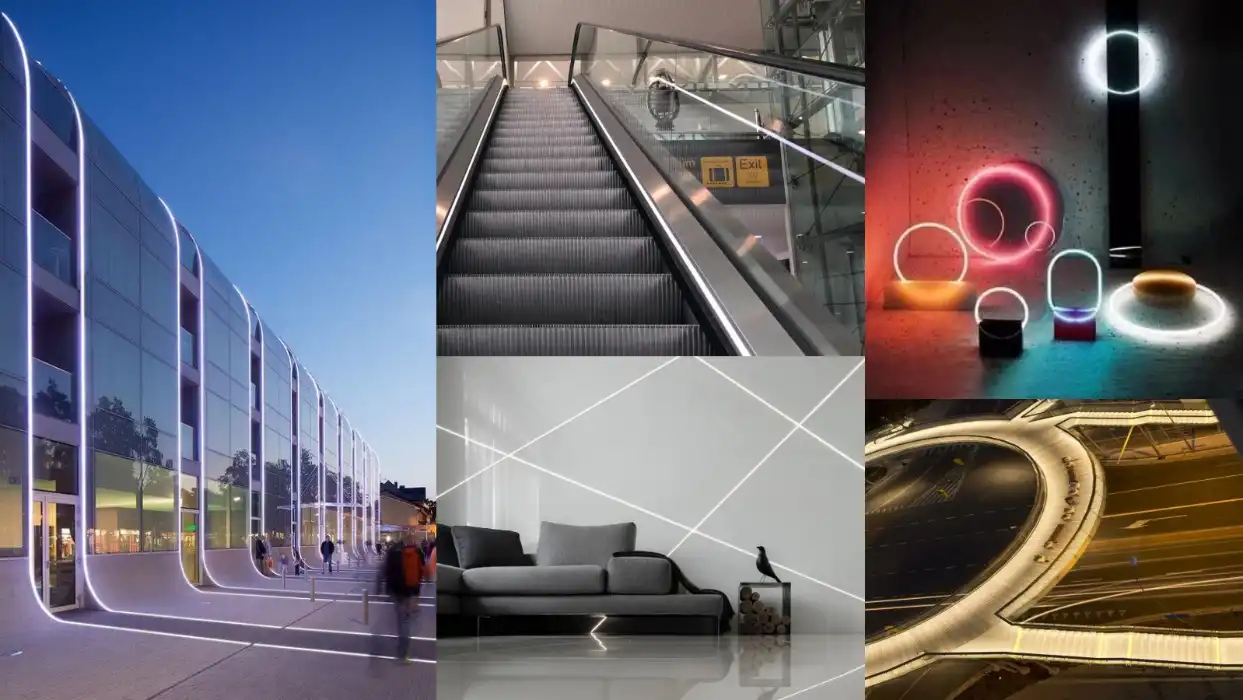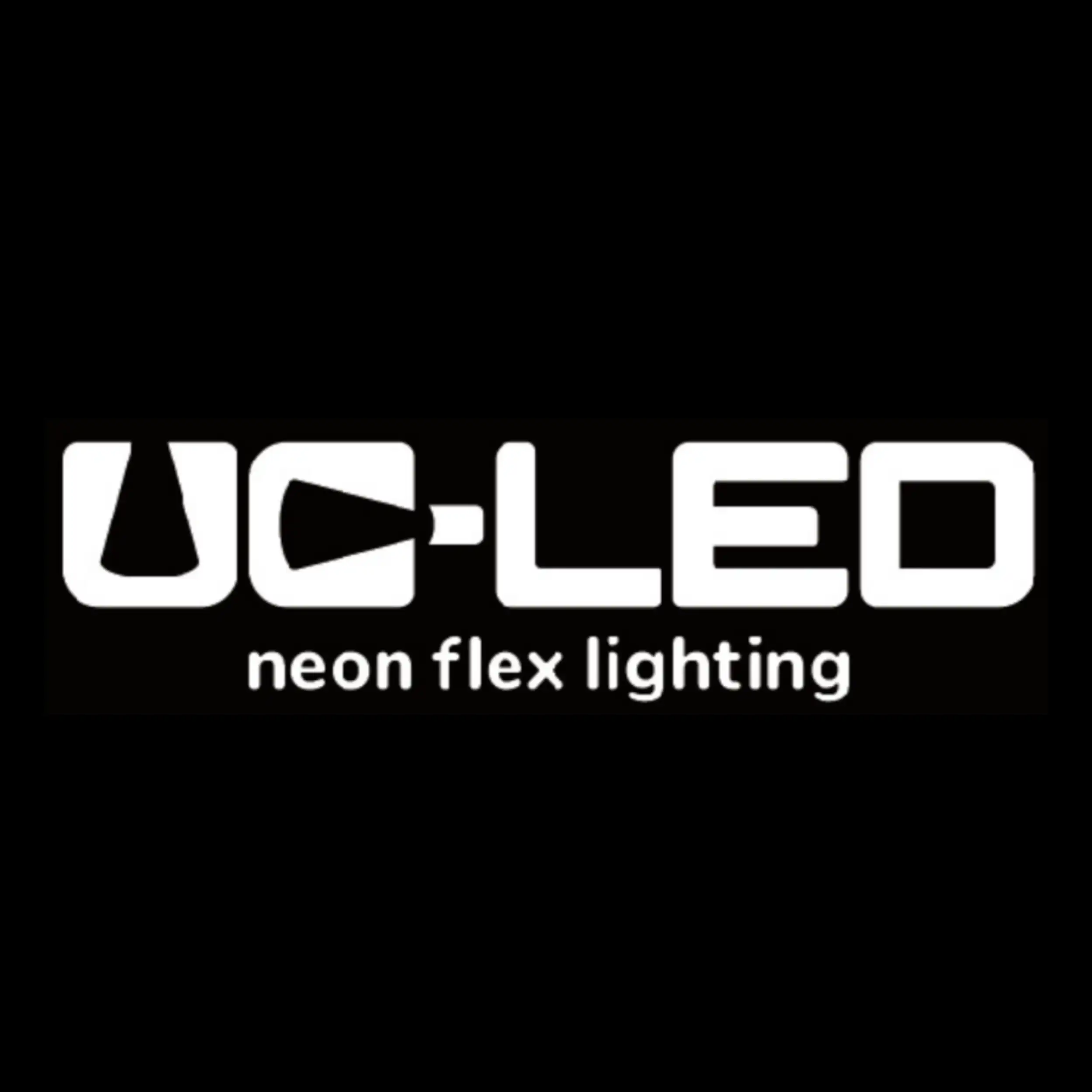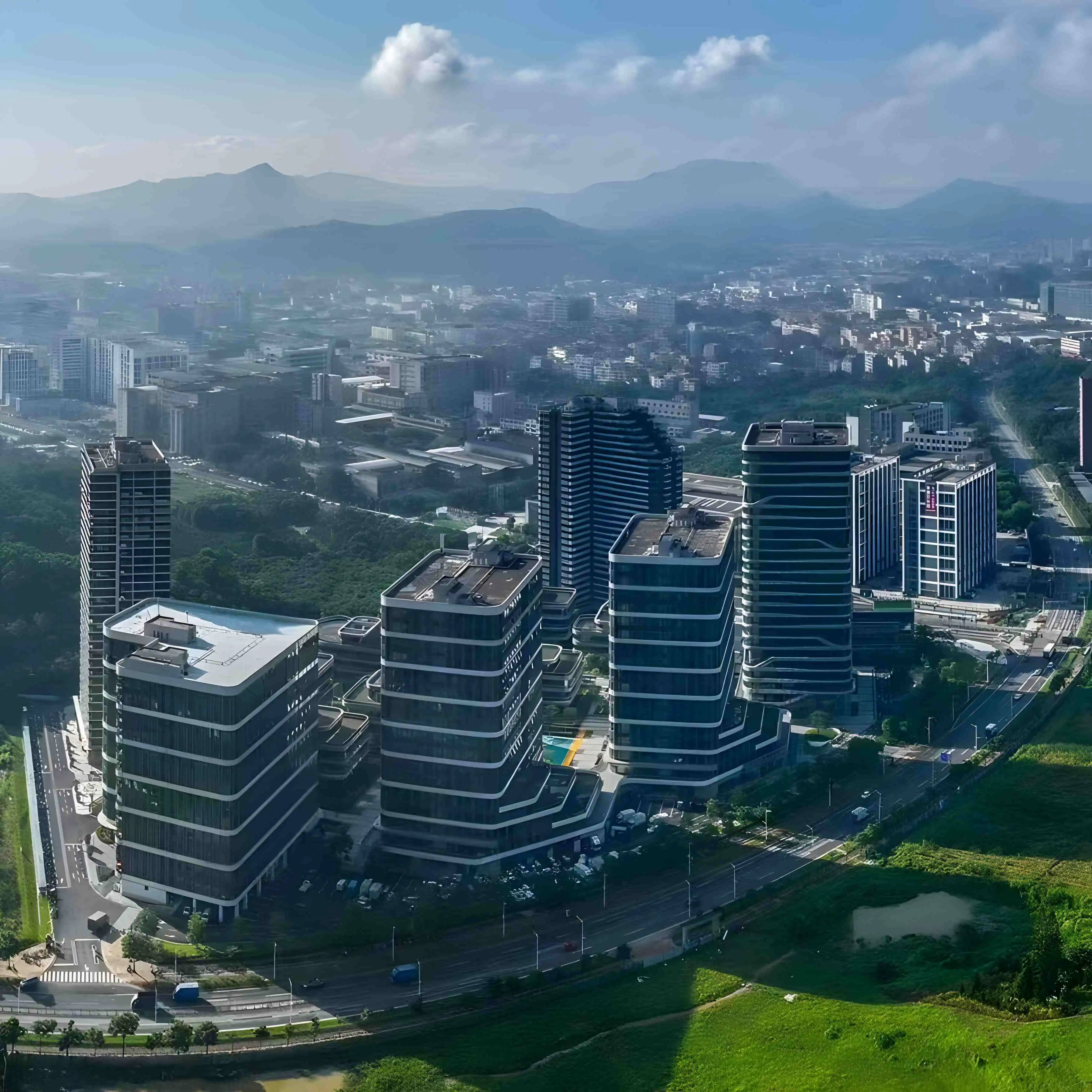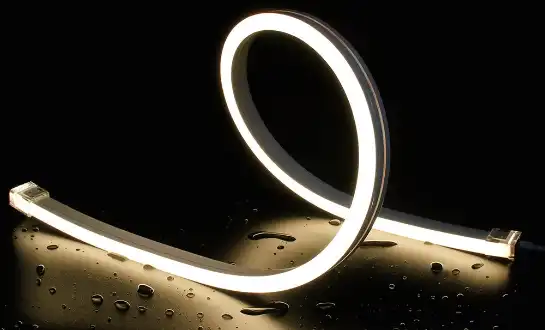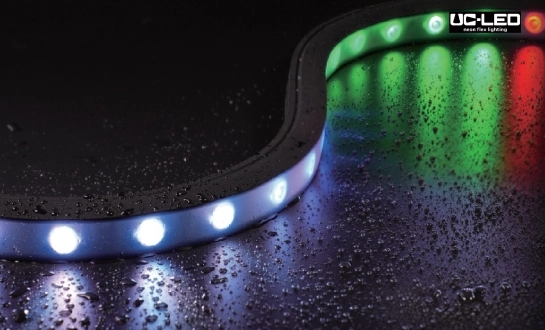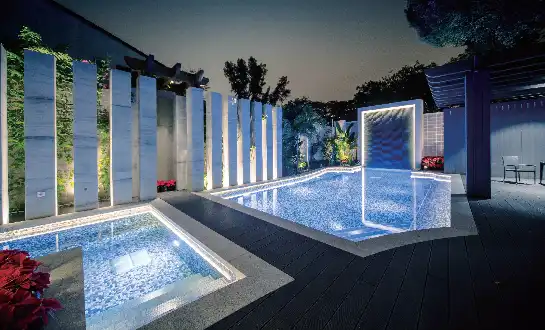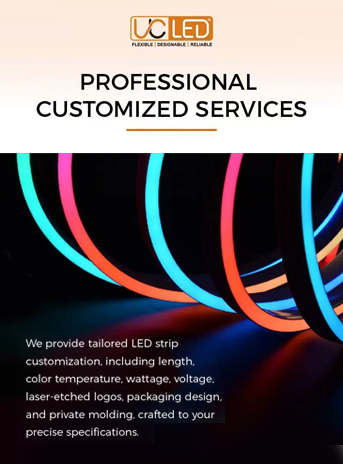The Evolution of Architectural Lighting: From Neon to Neon Flex
The journey of architectural lighting has been nothing short of revolutionary. From the early days of incandescent bulbs to the emergence of neon signs, lighting has always played a crucial role in shaping the aesthetics and functionality of buildings. However, the advent of neon flex has ushered in a new era of architectural illumination, offering designers unprecedented creative possibilities.
Traditional neon lighting, while iconic, came with its own set of limitations. It was fragile, energy-intensive, and offered limited flexibility in terms of design. Enter neon flex - a modern reimagining of classic neon that addresses these drawbacks while retaining the captivating glow that made its predecessor so popular.
What is Neon Flex?
Neon flex is a flexible LED lighting solution that mimics the appearance of traditional neon tubes. It consists of a series of LEDs encased in a durable, flexible PVC or silicone housing. This construction allows for easy bending and shaping, opening up a world of design possibilities that were previously unattainable with rigid lighting options.
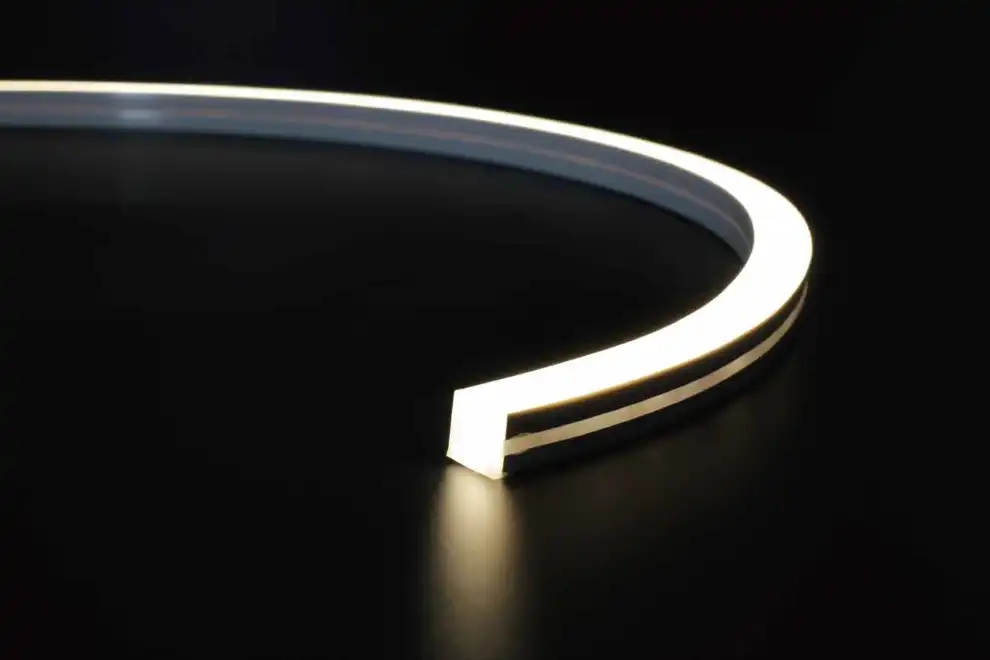
Unlike its glass-tube predecessor, it is highly durable, resistant to breakage, and can withstand various environmental conditions. This robustness makes it ideal for both indoor and outdoor applications, from accent lighting in hotel lobbies to large-scale facade illuminations on skyscrapers.
Advantages of Neon Flex Over Traditional Lighting
The shift from traditional lighting to neon flex in architectural design is driven by several key advantages:
- Energy Efficiency: Neon flex consumes significantly less power compared to traditional neon or incandescent lighting, resulting in lower operational costs and reduced carbon footprint.
- Longevity: With an average lifespan of 50,000 hours or more, it outlasts many conventional lighting options, reducing maintenance and replacement needs.
- Flexibility: The malleable nature of neon flex allows architects to create complex shapes and designs that were previously impossible or prohibitively expensive with traditional lighting methods.
- Color Options: Available in a wide range of colors and color-changing options, it offers unparalleled versatility in creating dynamic lighting schemes.
- Safety: Unlike traditional neon, which contains hazardous gases, neon flex is safe to handle and install, posing no risk of gas leakage or electrical hazards.
These advantages have made neon flex an attractive option for architects looking to push the boundaries of lighting design in their projects.
Creative Applications of Neon Flex in Modern Architecture
The versatility of neon flex has sparked a renaissance in architectural lighting design. Architects and designers are finding innovative ways to incorporate this flexible lighting solution into their projects, creating stunning visual effects that enhance the overall aesthetic and functionality of buildings.
Facade Lighting and Exterior Accents
One of the most striking applications of neon flex is in exterior building illumination. Architects are using it to:
- Highlight architectural features such as cornices, columns, and window frames
- Create dynamic light patterns on building facades
- Outline the silhouette of structures, making them stand out in city skylines
- Design interactive light installations that respond to environmental factors or viewer interaction
The flexibility of neon flex allows for seamless integration with various building materials and shapes, enabling architects to bring their most ambitious lighting concepts to life.
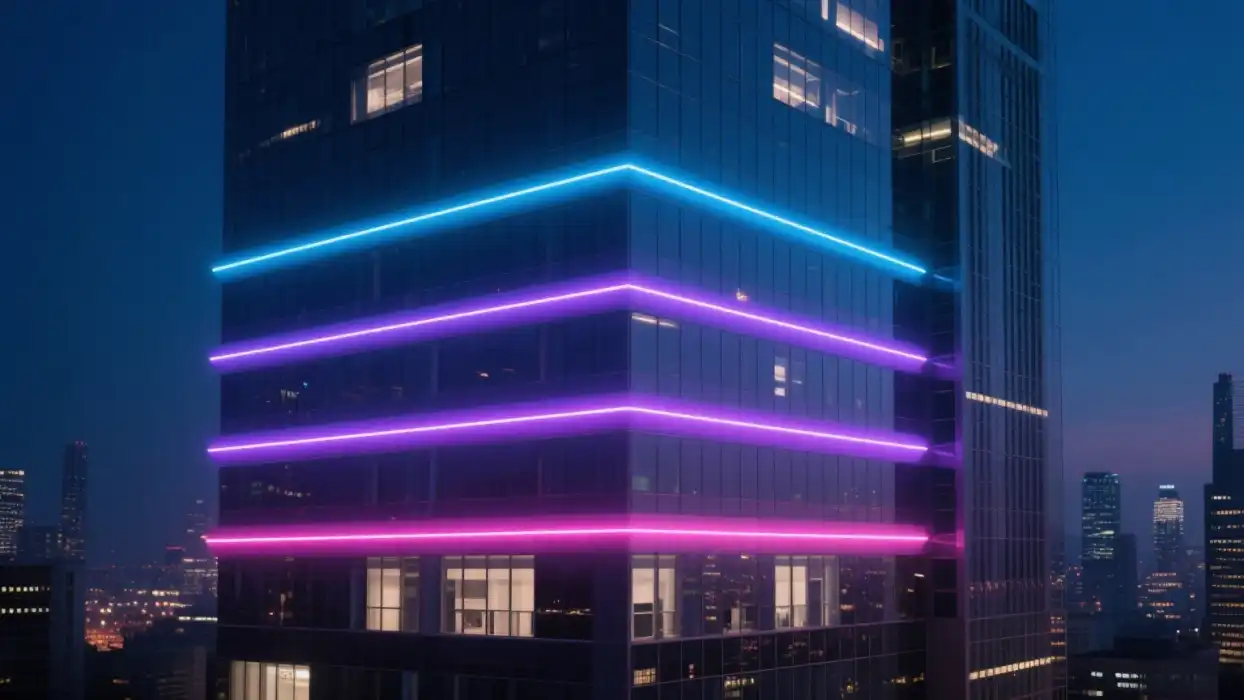
Interior Design and Ambient Lighting
Inside buildings, neon flex is revolutionizing interior lighting design. Its applications include:
- Creating atmospheric cove lighting in ceilings and walls
- Designing unique light fixtures and sculptures
- Providing accent lighting for bars, reception areas, and retail spaces
- Enhancing wayfinding systems with illuminated paths and signage
The ability to bend neon flex into virtually any shape allows for the creation of custom lighting solutions that perfectly complement the interior architecture and design scheme.
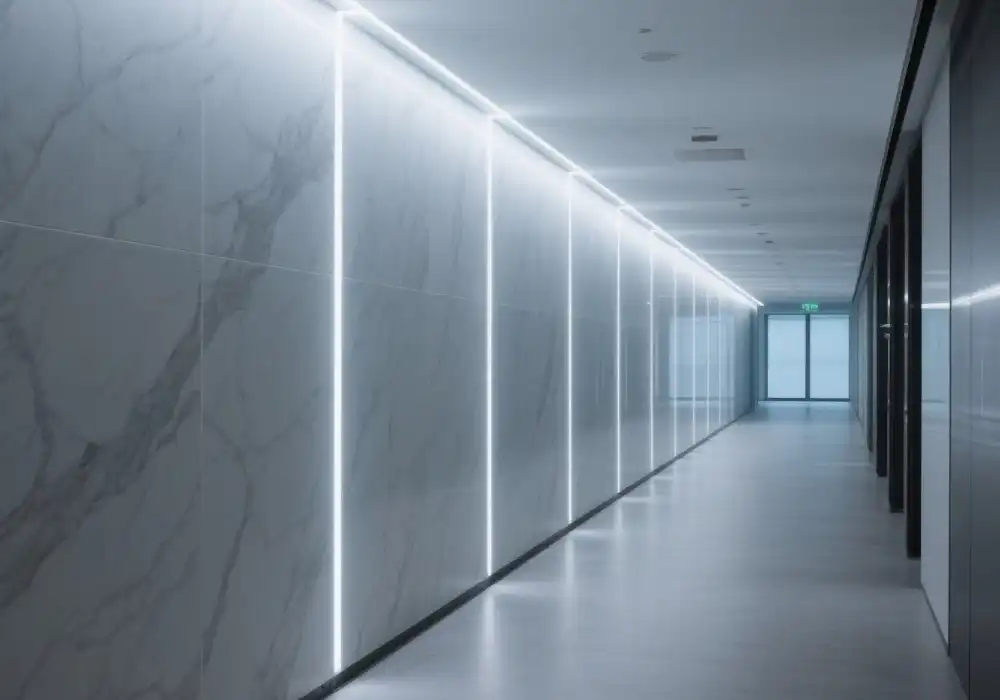
Innovative Uses in Public Spaces
Beyond individual buildings, neon flex is making its mark in public spaces and urban environments:
- Illuminating bridges and walkways for both safety and aesthetic appeal
- Creating interactive light installations in parks and plazas
- Enhancing public art installations with dynamic lighting elements
- Improving the ambiance and safety of underground spaces like subway stations
These applications demonstrate how neon flex can transform public spaces, making them more inviting, safe, and visually engaging for citizens and visitors alike.
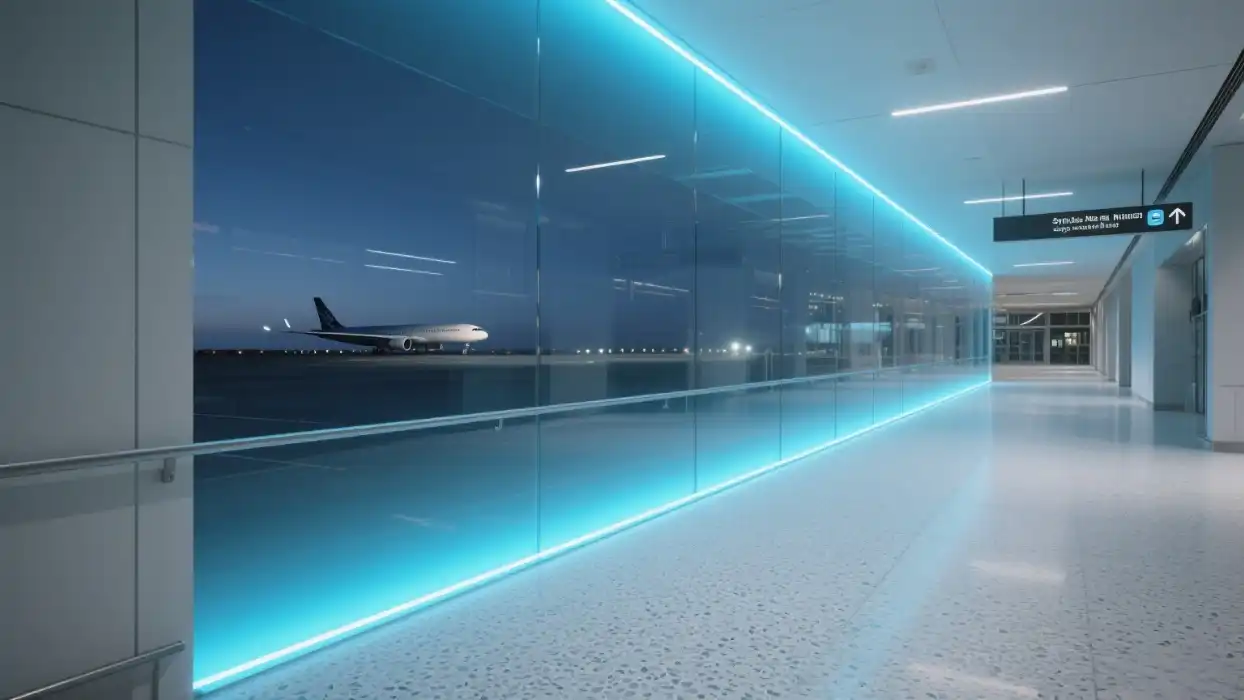
Technical Considerations and Implementation
While the creative possibilities of neon flex are exciting, architects must also consider the technical aspects of implementing this lighting solution in their designs. Understanding these considerations is crucial for successful integration and optimal performance.
Installation and Mounting Options
The flexibility of neon flex extends to its installation methods, offering architects various mounting options:
- Channel Mounting: Using aluminum or PVC channels to house the neon flex, providing a clean, professional look and additional protection.
- Direct Mounting: Attaching neon flex directly to surfaces using clips or adhesives for a more minimalist appearance.
- Suspended Installation: Hanging neon flex to create floating light sculptures or ceiling features.
- Recessed Installation: Integrating neon flex into grooves or recesses in walls, floors, or ceilings for a seamless look.
The choice of mounting method depends on the specific application, desired aesthetic, and environmental factors such as exposure to weather or potential physical impacts.
Power and Control Systems
Effective implementation of neon flex requires careful consideration of power supply and control systems:
- Power Requirements: Calculating the correct voltage and wattage needed for the length and type of neon flex used.
- Dimming and Color Control: Implementing compatible dimming systems and RGB controllers for dynamic lighting effects.
- Smart Integration: Incorporating neon flex into building management systems for automated control and energy optimization.
- Zoning: Dividing large installations into manageable zones for more precise control and easier maintenance.
Proper planning of these systems ensures smooth operation and enables the full potential of neon flex in creating dynamic lighting scenarios.
Weatherproofing and Durability
For exterior applications, ensuring the longevity and performance of neon flex installations is paramount:
- IP Rating: Selecting neon flex with appropriate Ingress Protection (IP) ratings for the intended environment.
- UV Resistance: Choosing products with high UV resistance to prevent color fading and material degradation.
- Temperature Considerations: Accounting for expansion and contraction in extreme temperatures and selecting products rated for the local climate.
- Moisture Protection: Implementing proper sealing techniques at cut points and connections to prevent water ingress.
By addressing these technical aspects, architects can ensure that their neon flex installations not only look stunning but also perform reliably over time, even in challenging environments.
Conclusion
The adoption of neon flex in modern architectural designs represents a significant leap forward in the field of architectural lighting. Its versatility, energy efficiency, and ability to create stunning visual effects have made it a favorite among architects seeking to push the boundaries of design and functionality. From transforming building facades to enhancing interior spaces and revitalizing public areas, it offers endless possibilities for creative expression. Its technical advantages, including durability, flexibility, and ease of installation, provide practical benefits that complement its aesthetic appeal.
The love affair between architects and neon flex is more than just a passing trend. It's a testament to the power of innovative lighting solutions to transform spaces, create experiences, and push the boundaries of what's possible in architectural design. As we look to the future, it will undoubtedly continue to play a crucial role in shaping the way we illuminate and experience our built environment.
Experience the Future of Architectural Lighting with QUAN HE | QUAN HE
At QUAN HE Lighting Co., Ltd., we're at the forefront of innovative LED lighting solutions, including state-of-the-art neon flex products. Our ISO-certified manufacturing facility and expert R&D team ensure top-quality, customizable lighting solutions for architects and designers worldwide. Experience the QUAN HE difference with our sustainable, high-performance LED strips and comprehensive OEM/ODM services. Illuminate your next project with precision and excellence. Contact our dedicated team at Linda@uc-led.com to explore how our neon flex can transform your architectural vision into reality.
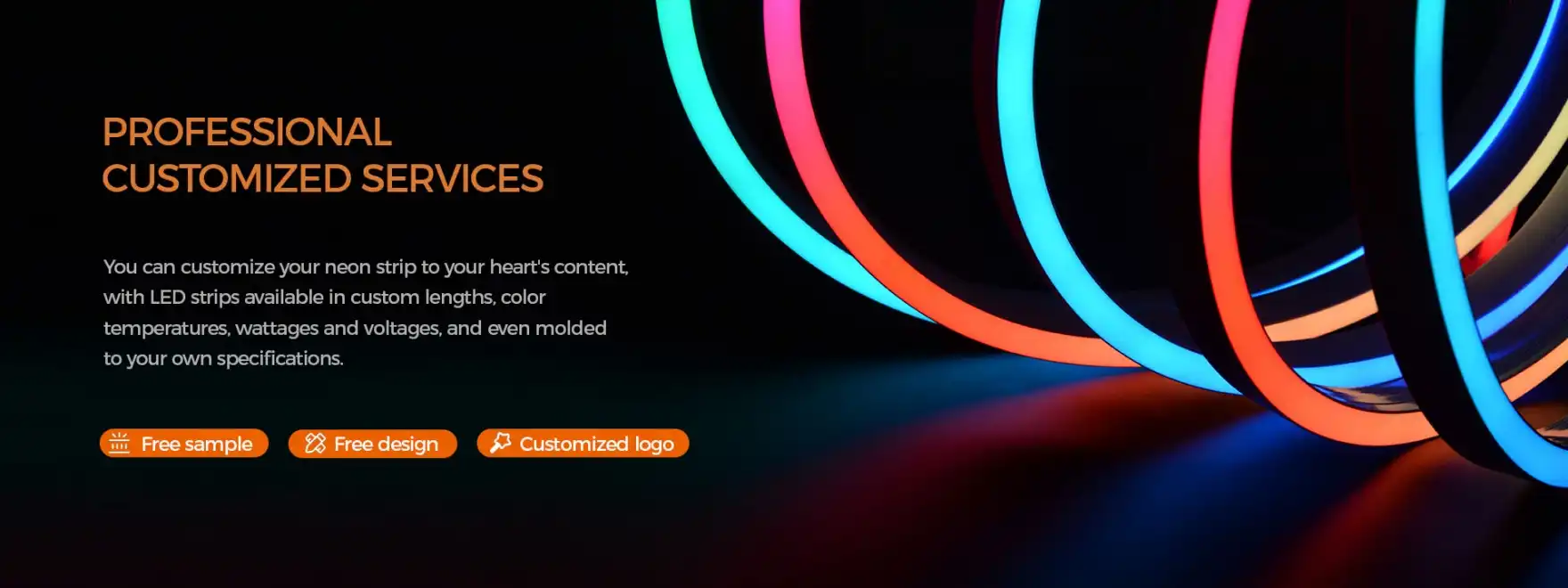
source: LED Light
References
Smith, J. (2022). "The Rise of Neon Flex in Contemporary Architecture". Architectural Lighting Review, 45(3), 78-92.
Johnson, A. & Lee, S. (2021). "Energy-Efficient Lighting Solutions for Modern Buildings". Journal of Sustainable Architecture, 18(2), 210-225.
García, M. (2023). "Innovative Applications of Flexible LED Lighting in Urban Design". Urban Planning Quarterly, 37(4), 302-318.
Wong, L. et al. (2022). "Comparative Analysis of Traditional Neon and LED Neon Flex in Architectural Applications". Lighting Research & Technology, 54(1), 45-60.
Patel, R. (2023). "The Impact of Dynamic Lighting on User Experience in Public Spaces". Environment and Behavior Studies, 29(3), 412-428.
